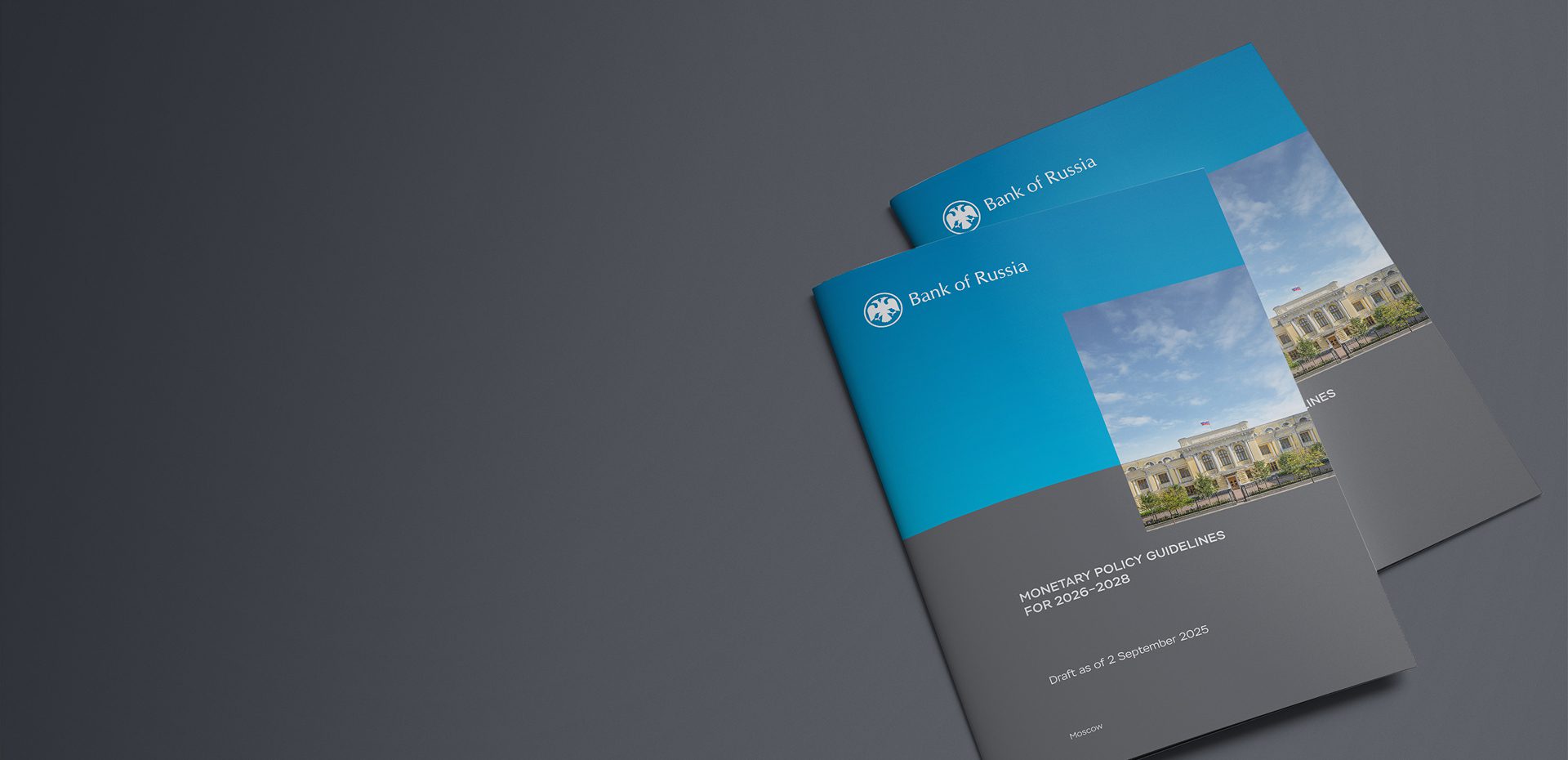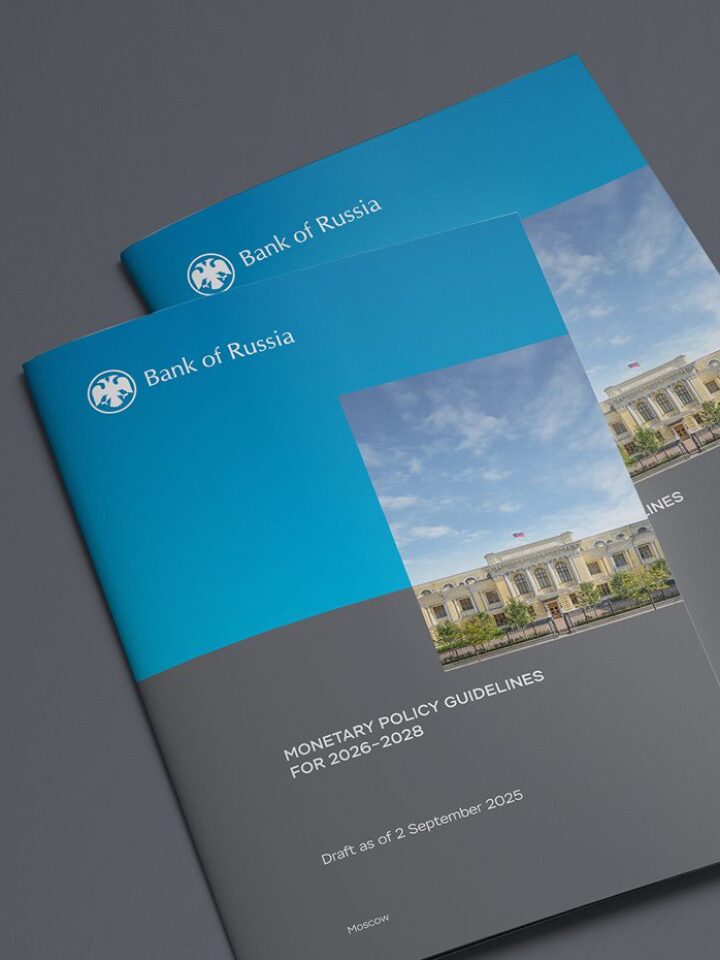The Bank of Russia has presented a draft of the ‘Main guidelines for monetary policy for 2026–2028’. The document will undergo further revision, with the final version to be submitted to the State Duma in two months.
The key reference points for 2026 are the most relevant for assessing current trends and potential scenarios. Projections for 2027–2028 offer limited analytical value at this stage due to the high level of uncertainty driven by both domestic and international factors.
Scenarios
The document outlines four scenarios – baseline, optimistic/disinflationary, pessimistic/inflationary, and risk/crisis – yet the differences between them do not emerge until the end of this year. The Bank of Russia projects that by year-end inflation will stand at 6–7 per cent and economic growth will be minimal: 1–2 per cent year-on-year or 0–1 per cent quarter-on-quarter in Q4.
To meet these targets, the average monthly price growth must remain in the range of 0.3–0.5 per cent, while GDP growth in the second half of the year is expected to be 1–3 per cent (annualized).
The key risks
The main weaknesses of the document are its reliance on federal budget numbers fixed by law, and the Finance Ministry’s promises to reduce the structural and non-oil primary deficit, which should diminish aggregate demand. The Bank of Russia’s trust in the Finance Ministry is not supported by any numbers or government action. Meanwhile, the federal budget remains the primary source of macroeconomic instability, with revenues lower and the deficit higher than anticipated.
The federal budget deficit exceeded the annual limit (1.7 per cent of annual GDP) by the end of the first half of the year, and many experts believe it will grow further up to 5–6 per cent of GDP. Should the Finance Ministry oblige state-owned banks to purchase government bonds at low yields rather than lend to the economy, growth will be constrained. Alternatively, if the Finance Ministry will, in effect, sell its bonds to the Bank of Russia, as it did in December 2024, inflationary pressure and expectations will intensify.
Inflation must die
Forecasts for inflation differ little across scenarios. In the baseline, inflation at the end of 2026 is projected at 4 per cent; in the optimistic case, 3–4 per cent; in the pessimistic case, 4–5 per cent. For 2027–2028, in all scenarios, inflation is set at 4 per cent, which is the Bank of Russia’s target.
Forecasts for the key interest rate likewise show limited variation: 12–13 per cent, 10.5–11.5 per cent, and 14–16 per cent, respectively. The most visible differences lie in projected growth rates: 0.5–1.5 per cent, 2.5–3.5 per cent, and 1–2 per cent.
At the press conference introducing the draft, Deputy Governor of the Bank of Russia Alexey Zabotkin stated that the Bank considers the current degree of monetary tightness sufficient to meet the target for suppressing inflation, effectively ruling out further rate increases. Yet he has emphasised that risks remain tilted towards the inflationary side, which excludes a rapid rate cut, as the Bank fears a rebound that could necessitate renewed tightening. This cautious stance is likely to have a prolonged negative impact on civilian sectors of the economy.
The exchange rate is off the table
The document is notably silent on the rouble’s exchange rate. Yet a weaker rouble would boost budget revenues, though it would also accelerate inflation. Keeping the rouble stable at its current level would be neutral for inflation, as the impact of its strengthening has already filtered through into prices. However, it would leave the Finance Ministry with significant difficulties, not only in implementing this year’s budget but also in planning the next one.
Conclusion
Across all scenarios, the Bank of Russia’s forecasts appear overly optimistic. Ongoing fiscal uncertainty and the unresolved exchange-rate question further erode confidence in the outlook. In effect, Elvira Nabiullina, the Governor of the Bank of Russia, is ‘betting on zero’: if the forecast proves to be correct, the current negative effects – including the protracted recession – may be seen as acceptable costs and are unlikely to affect the political assessment or the perceived legitimacy of the economic policy being pursued; if it does not, monetary policy is likely to be ‘tamed’ under stronger political pressure.




